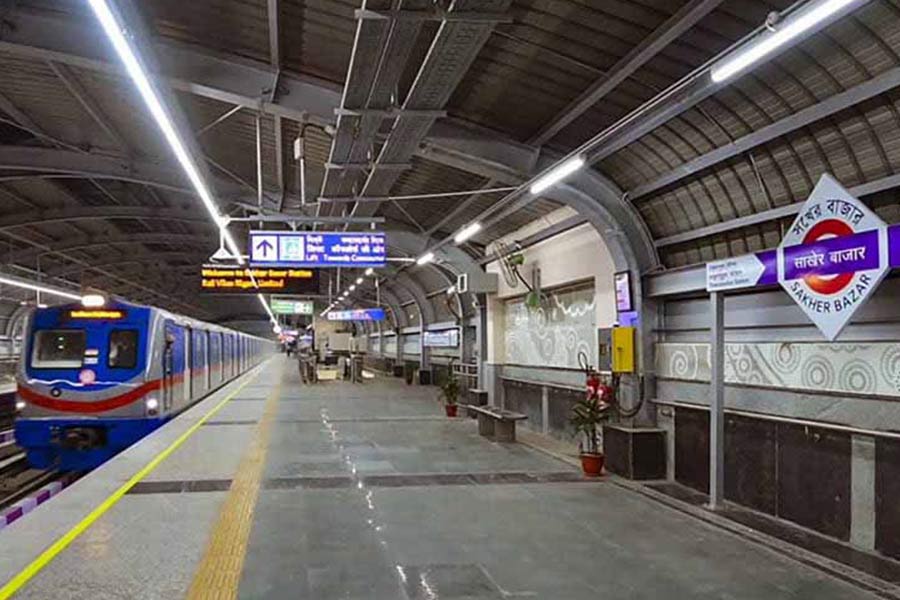 |
Calcutta, July 30: Your monthly electricity bill will rise for the third time in 12 months.
The state electricity regulatory commission today raised tariffs for both CESC Ltd, the private utility that caters only to Calcutta, and the government-run West Bengal State Electricity Distribution Company (WBSEDCL), which supplies the rest of Bengal.
The hike comes into effect retrospectively from April 1 this year. Its burden will be more for the government utility’s 75 lakh-odd customers than the 25 lakh who have CESC connections (see chart).
However, the overall bill for WBSEDCL customers will be less than that of their Calcutta counterparts, although the gap now narrows.
You can, however, save money by switching to the prepaid system that works just like a prepaid mobile phone.
Under a new prepaid scheme, domestic users will be charged a flat tariff of Rs 4 per unit for a WBSEDCL connection and Rs 4.56 a unit for a CESC connection, irrespective of how much power they consume. Earlier, as in the post-paid system, the tariff in the prepaid regime too rose for each higher slab of volume of power consumed.
Most CESC consumers who opt to install a prepaid meter will actually pay less than what they are shelling out now (before the hike). WBSEDCL consumers who make the switch will not be so lucky, but will at least save themselves a part of the tariff increase.
“The regulator this time has fixed a flat tariff, irrespective of amount of electricity consumed, if a customer gets a prepaid meter connection,” WBSEDCL chairman Malay De said.
The tariff hike will raise CESC’s revenues by Rs 150 crore more and WBSEDCL’s by Rs 600 crore. “But this additional revenue will still not be sufficient to meet our cost increase,” De said. The regulator had revised power tariffs for both utilities in July 2009, and then allowed them to again raise their tariffs on an ad hoc basis in November following an increase in coal prices.
Today’s hike raises tariffs for industrial use steeply, by nearly Rs 1.50 per unit from what was proposed in the July 2009 revision. But industrial users too can partially protect themselves from the impact of the hike by switching to prepaid meters.










